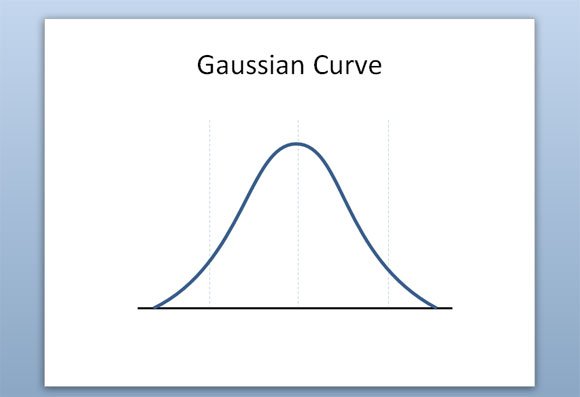In this article, you will find everything you need to know about the forgetting curve in eLearning, so that your learners will always come away with the knowledge and skill sets they need to achieve their goals.
The human brain is an amazing mechanism. It can store vast amounts of information, carry out the most complex of tasks, and bounce back from experiences that would render other parts of the body virtually useless. But the brain does have an Achilles’ heel- which is no other than memory retention. Simply put, what we learn may not stick in our brain due to the forgetting curve. This means that even the most powerful eLearning experiences will be ineffective, as memory overload will prevent us from absorbing and retaining information for later use.
So, what is the forgetting curve?
The idea of “forgetting curve” is credited to Hermann Ebbinghaus, a notable German experimental psychologist, born in 1850. Ebbinghaus theorized that the human brain will forget information it has learned if that information is not put into practice. The longer we wait to apply acquired knowledge, the less we remember it. For example, if an individual is taught how to carry out a basic customer service transaction, such as completing a return, but is not required to put this information into practice, he/she will gradually forget the steps involved over the course of time.
According to Ebbinghaus' research, there are a few key principles involved in the forgetting curve:
- It is often easier for learners to memorize new information if it ties into real world situations. Information must be relevant and meaningful to them, or else they are likely to forget it more rapidly.
- When there is more learning material involved, the amount of time it takes to absorb information significantly increases.
- As a general rule, learners are able to relearn information more easily than learning the subject matter for the first time. In addition, each time information is relearned, the length of time it takes to forget the information goes up.
- Learners are able to learn more effectively when information absorption is spread out over a longer period of time, as opposed to having to learn it all at once.
- Learners start to forget information immediately after the learning experience. In fact, this is the time when forgetting occurs most rapidly. However, forgetting will slow down over the course of time.




No comments:
Post a Comment